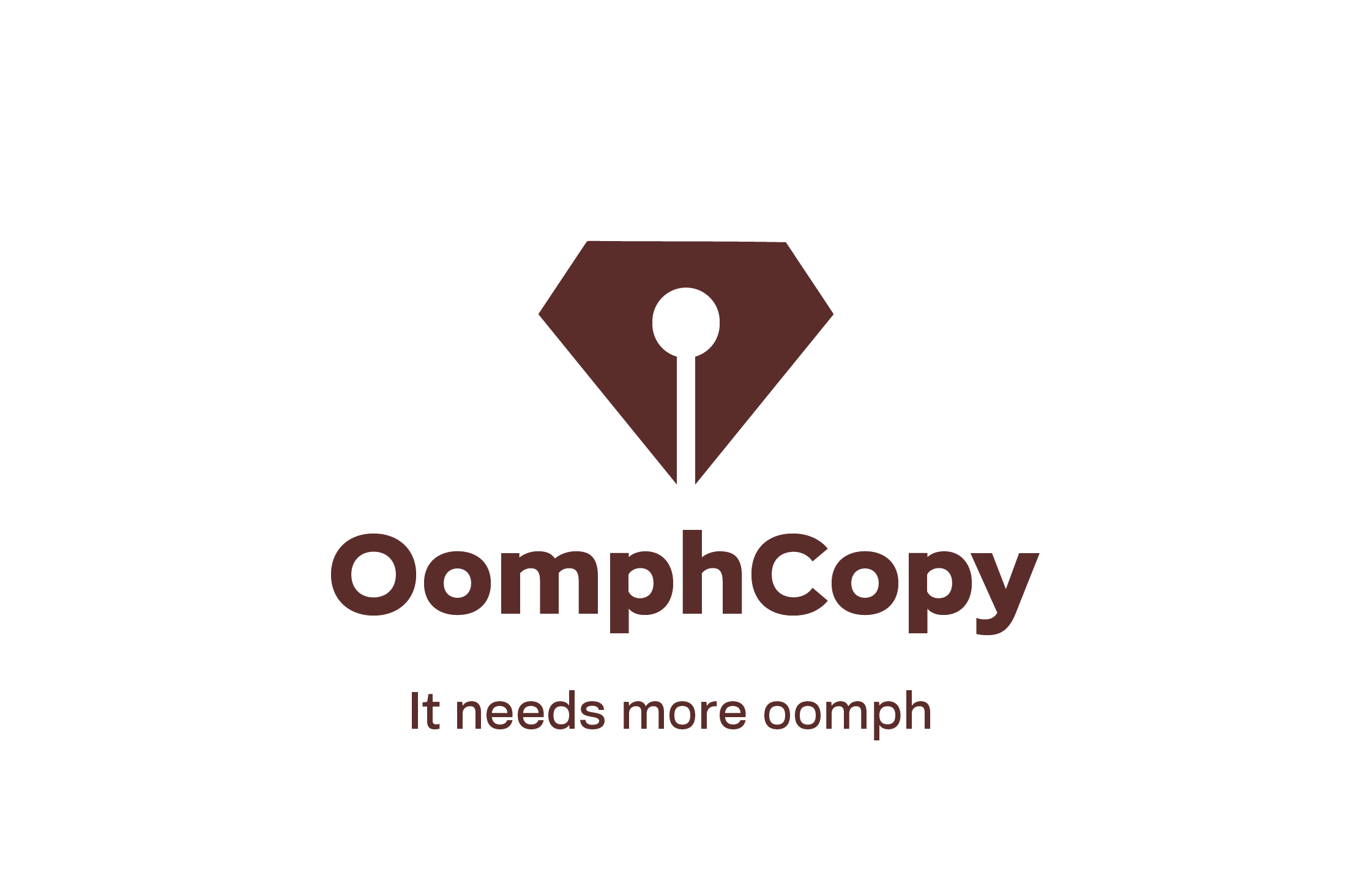
Research is important. Everybody knows that. But some techniques are more helpful than others in getting richer VoC from customers.
The Critical Incident Technique
The critical incident technique, developed by Francis Galton and later modified by John Flanagan, consists of a set of procedures for collecting direct observations of human behaviors that contribute to the success or failure of individuals or organizations in specific situations.
The technique grew from an acute need to improve aircrew bombing mission success in the Second World War. Flanagan interviewed crew members returning from particularly successful or, when still alive, disastrous bombing missions. These interviews identified the requirements, temperaments, and aptitudes necessary for successful missions.
An incident is referred to as ‘critical’ if the action contributed to an effective or ineffective outcome: an effective outcome means it helped solve a problem or resolve a situation. An ineffective outcome means it partially resolved the problem but created new problems or a need for further action.
These incidents usually make individual.
- Stop and think
- Revisit assumptions, or
- Impact their personal and professional learning.
Also, the individual is confident that the incident is related to the outcome, in this case, the goal of the interview.
The critical incident is a five-step process
- General aims
- Plans and specifications
- Collect data
- Analyze data
- Interpret report
| Step | What to Expect |
| General aims | What preliminary work do I need to complete? Which customers do I need to recruit & how? How many interviews/surveys should I conduct, and who should conduct them? |
| Plans and specifications | What preliminary work do I need to complete? Which customers do I need to recruit & how? How many interviews/surveys should I conduct, and who should conduct them? |
| Collect data | Interviews, questionnaires, or record forms? How do I prepare? |
| Analyze data | What should I do right after the interview? What should I wait to do until most or all of the interviews are completed? |
| Interpret report | What should I do right after the interview? What should I wait to do until most or all of the interviews are completed? |
The meat of the technique is the research questions. One thing the critical incident technique helps you do is to form great research questions that suss out the rich VoC needed to make your copy resonate with your customers.
Forming great research questions (critical incident questions)
During the interview, ask participants about specific incidents they’ve observed. These incidents are extreme behaviors, either outstandingly effective or ineffective, with respect to the general aims (goal) of the research. These extreme cases are often more vivid in users’ minds and will give you the details needed to come up with useful features.
This technique is most efficient when the incidents are fairly recent. This way, the facts are still fresh in the mind. The most crucial aspect of the data collection procedure is the questions asked by the researcher or, in this case, copywriter.
- The question should refer to the goal of the interview.
The goal of the research will show you which customers to select. If your goal is to solicit feedback, you can choose customers who purchased from you and customers who didn’t purchase from you or left after purchasing from you. If your goal is to solicit testimonials, then choose customers who love you.
If, for example, your goal is to solicit feedback from customers for copy or internal research, you should, obviously ask questions related to the goal of the research. For example,
- Think back to the one time when you were using [previous solution] that you felt the [pain of that solution] so strongly you decided to look for a different solution. Can you describe it to me?
- Think about a time when you faced a challenge or problem related to our product/service. What happened, and how did you handle it?
- Describe a situation where you achieved a significant goal or success with our product/service. What factors contributed to your success?
- Tell us about an interaction you had with our customer support team. How did they handle your issue, and were you satisfied with the outcome?
- Think of a recent purchase decision you made. What information or messaging influenced your decision to choose our product/service over alternatives?
- Can you share an instance when you encountered a feature or aspect of our product/service that pleasantly surprised you or exceeded your expectations?
- Describe a situation where you felt our product/service fell short of your expectations. What aspects were disappointing, and how did it affect your experience?
- Can you recall an incident where our marketing or advertising caught your attention and compelled you to take action (e.g., click, sign up, purchase)? What elements of the messaging or creative stood out to you?
- Describe a situation where you hesitated or had reservations about using our product/service but eventually decided to try it. What factors influenced your decision to give it a chance?
- The question should state that an incident, actual behavior, or what the person did is desired.
- The question should briefly specify the type of behavior that is relevant and the level of importance that it must reach to be reported.
- The question should tie down the selection of the incidents to be reported by the observer in some way.
Selection of incidents = how far back in time the incident should have been. For example (last time, most recent, etc). This particular point is necessary to prevent the giving of only the more dramatic or vivid incidents that fit the customer’s stereotypes.
Let’s look at a quick example.
We’re assuming that the question relate to the purpose of the research.
“Cast your mind back to a time when you used our tool?”.
This question states an incident or actual behavior. It, however, doesn’t specify the type of behavior that is relevant and the level of importance that it must reach to be reported. It also doesn’t specify the selection of incidents to be observed. Is it the last time, or the most recent time?
Here’s another question
“Cast your mind back to the last time you used our tool?”
It states an incident or actual behavior. It also specifies the selection of incidents to be observed (last time).
It, however, doesn’t specify the type of behavior that is relevant and the level of importance that it must reach to be reported. Here’s how both questions can be reworded
“Cast your mind back to the last time you used the tool to solve a pressing problem at your workplace. What did you do, and how did you solve the problem?”
This question states an incident or actual behavior. It specifies the type of behavior that is relevant and the level of importance that it must reach to be reported. It also specifies the selection of incidents to be observed
This question is now a critical question.
A change in wording can affect the outcome that you get. In Flanagan’s study, the last part of a critical question was changed. For example, the last part of one of the specific questions asked was, “Tell just how this employee behaved, which caused a noticeable decrease in production.” This question resulted in almost all incidents reported having to do with personality and attitude behaviors. This part of the question was changed to, “Tell just what this employee did, which caused a noticeable decrease in production.”
This second question produced a much broader range of incidents. To the question writer, “how he behaved” and “what he did” were the same thing. To the participant, “how he behaved” sounded like personality and attitudes were being studied.
Great techniques make research easy
While getting your question right is one part of a whole, it is helpful to know how to get high-quality research for your messaging. The right technique is like a valuable tool in your toolbox. You can always fall on proven techniques to help you get rich VoC from your customers.

